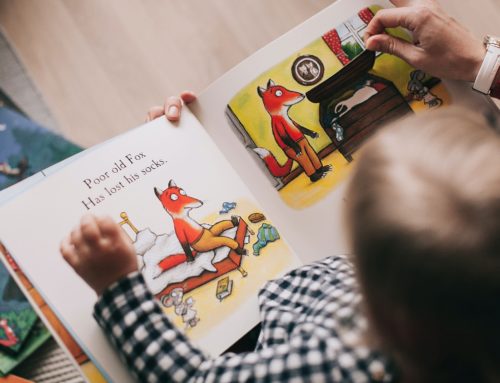Dealing with the Inner Critic, Part 4
I mentioned that we want to fight back against the inner critic, and that we also want to make it a friend. This deserves further explanation.
Why do we have this inner critic? It is the culmination of many different elements. It came into being from the warnings given to us by well-intentioned caregivers, teachers, etc. when we were very young. It could be from the mom who told you to tuck your shirt in so you wouldn’t look “sloppy,” or the teacher who tried to motivate you to work harder by telling you your grade was a disappointment. It could be any variation of this, such as a truly abusive person who voiced all manner of verbal attacks, or a more benign thought you said to yourself to try to keep yourself focused as you walked to school. It served its purpose – it helped you stay safe in some situations, it motivated you to excel in school. But it also can drain you of energy, make you feel bad about yourself, and possibly even lead you to numbing behaviors to get away from the feeling that can result in addictions and compulsive activity. By that point, in short, it has outlived its usefulness.
My bias is this: “If it’s in you, it is Divine.” And with that attitude, we do not need to guard against any part of us, but receive it with curiosity and wonder, asking it to come forward and communicate with us what it is that it’s trying to say. You know, we all have “parts” of our psyche – we have the part that feels super confident, which we experience in certain circumstances. We may have a part that is rebellious. We may have a part that is holy and pious. We may have very contradictory parts such as the one who is super efficient and productive and also the one who is lazy and doesn’t want to do anything.
It’s OK – we all have different parts. It does not mean that just because today you feel shy and self-conscious that the part who felt super gregarious and self-assured when you were at that party two weeks ago was a fake. It doesn’t mean you are all one or the other. They just come out at different times. And, as we befriend them, coming from a foundation of believing they have your best interest at heart, that their entire reason for existing is to protect you and serve you, we can mobilize their energy and use it to achieve our goals. But if we don’t listen to the scared (or doubtful, or angry, or whatever) part, it may create obstacles and roadblocks, what some people call “self-sabotage.”

So, let’s get to know it. Who does it sounds like? If you imagine it, what/who does it look like? It is usually pretty clear how it makes you feel – usually drained of energy, depressed, or something in that flavor. So, once you know that, we have to detach and distance from that just a little, so that we can bring some curiosity, openness and wonder into this conversation.
One way to start this exploration is to journal. It’s important to remain in the witness stance, in a state of openness and curiosity, trusting that the inner critic has some job it believes it is doing in order to serve you. Yes, we know that ultimately it is going about this is the wrong way and we will have to find another way for it to get its needs met. But going into this conversation with an attitude of annihilation will only make that inner critic part clam up and not be willing to talk with you openly. So, only do this if you are able to stay more or less neutral, not getting swept up in the old feelings of being victimized by this part of you.
Write in your journal like you are writing a script, with the lines for each character to respond. So mine would look like this:
Sara: Hello, Inner Critic. Are you willing to talk with me today?
Inner Critic: Yeah, I suppose so. What’s up?
Sara: Well, I just wanted to open up a dialogue with you to see if you could shed some light on some things for me.
Inner Critic: OK, what are you wondering about?
And so on. It does not have to be long – 5 minutes would be the maximum I would do the first time. In my office, we often do this by speaking to the part who we welcome to sit in an empty chair. Eventually we get to understand how the inner critic wants to help, what his/her motivation is, and we find ways that we can work together – often it is through reassuring this typically very worried and afraid part of ourselves – and then it becomes an ally, even a friend. After several of these “parts” conversations, we may get to know multiple different parts and imagine them sitting around a table together, and the conversation they would have. Ultimately we want you to be at the head of the table, listening to the parts, but being in charge of final decisions and such.
People think they won’t have any motivation without that inner critic / drill sergeant inside giving you orders and controlling your behavior. That’s simply not so. It just wants to be heard. Once it has its say, and you accept it and honor it for wanting to serve you, it is usually happy to collaborate with you on whatever you want. At that point you can rename it to something like your Inner Coach.





